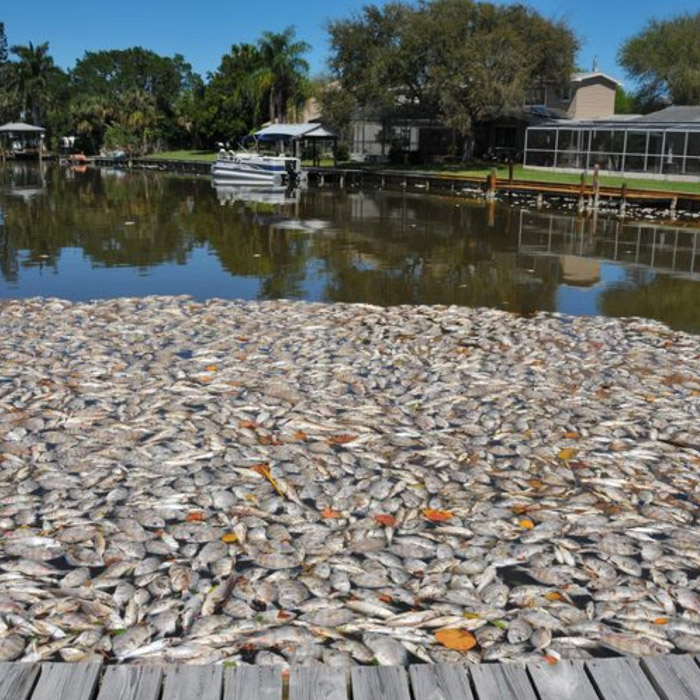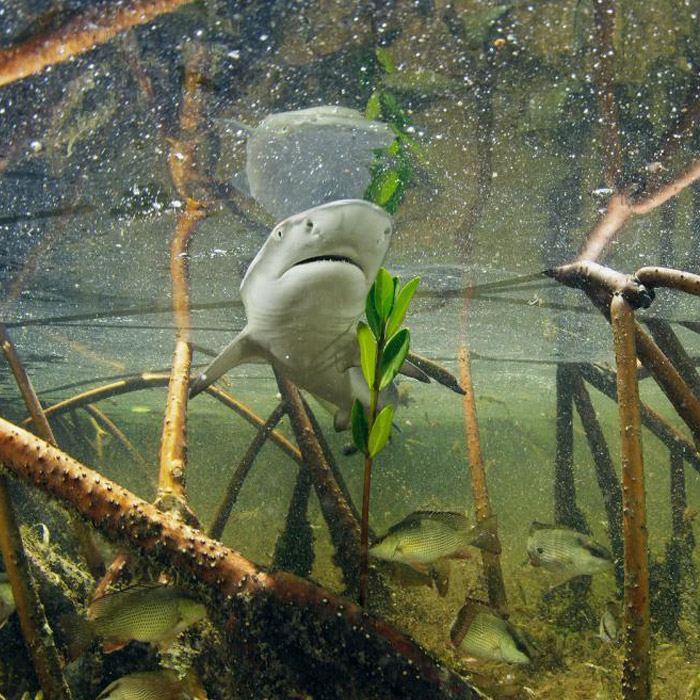Ecosystem Impacts
The goal of this objective is to assess how HAB toxins enter coastal food webs and better understand ways that they are transferred through trophic levels to key species.

In recent years, the Indian River Lagoon has experienced several extreme and unprecedented harmful algal blooms that have impacted many different levels of the ecosystem. Deteriorating water quality, loss of seagrass and large-scale fish kills have occurred in response to these growing HAB events. In addition, the toxins produced by HAB species are largely undescribed and may have pronounced impacts on the animals and people throughout the IRL region.

Florida's coastal waters are home to a variety of large-bodied marine vertebrates, like sharks, sea turtles and dolphins, that are also impacted by HABs. Because they share similar exposure to HAB toxins, wildlife can serve as an important indicator for public health. These animals consume many of the same fish and shellfish species, inhabit waters used for recreation and have similar life histories as humans. Understanding how these organisms are exposed to harmful toxins and the concentrations that accumulate in their tissues, can give researchers more information on how Florida residents are impacted during HAB events.
